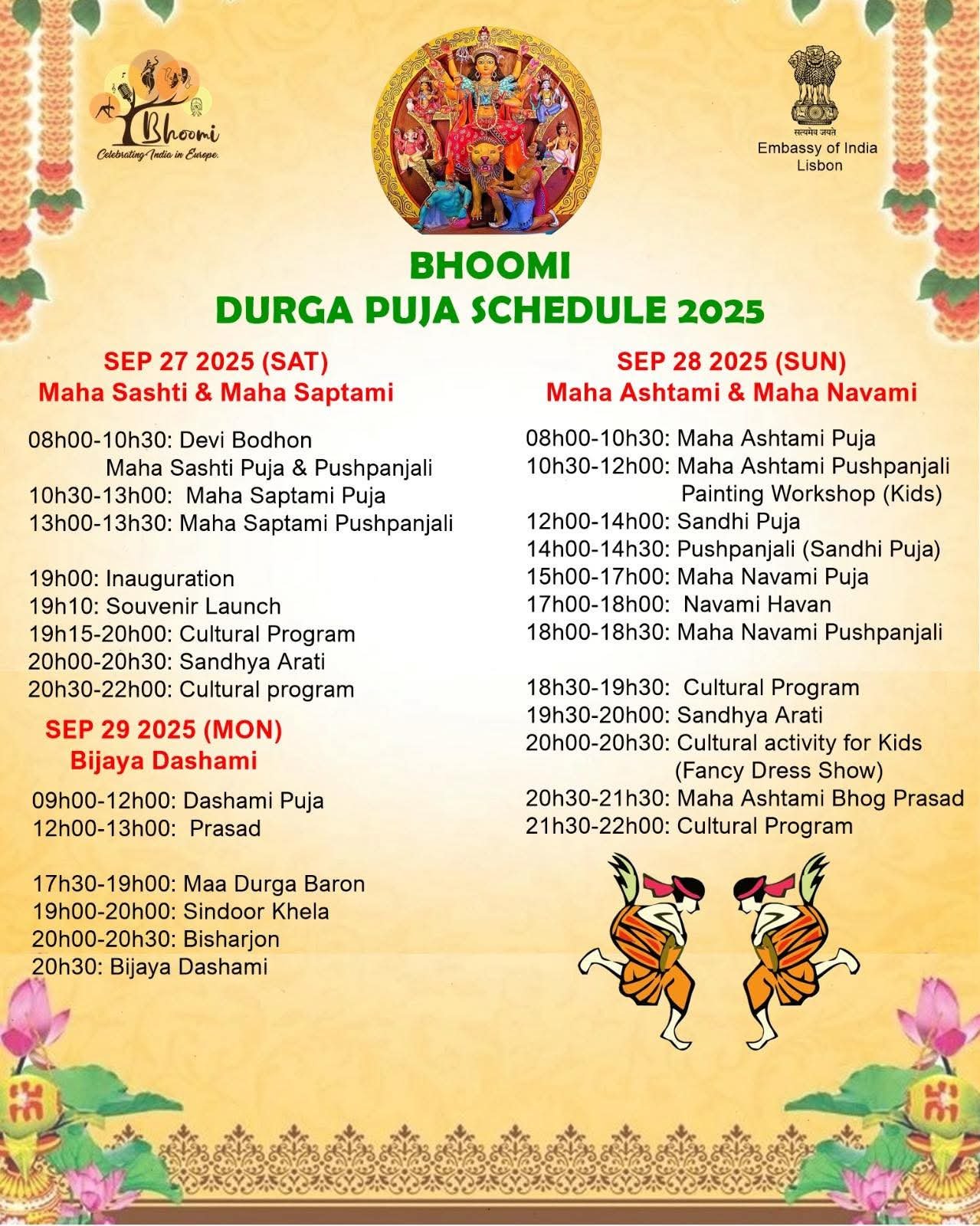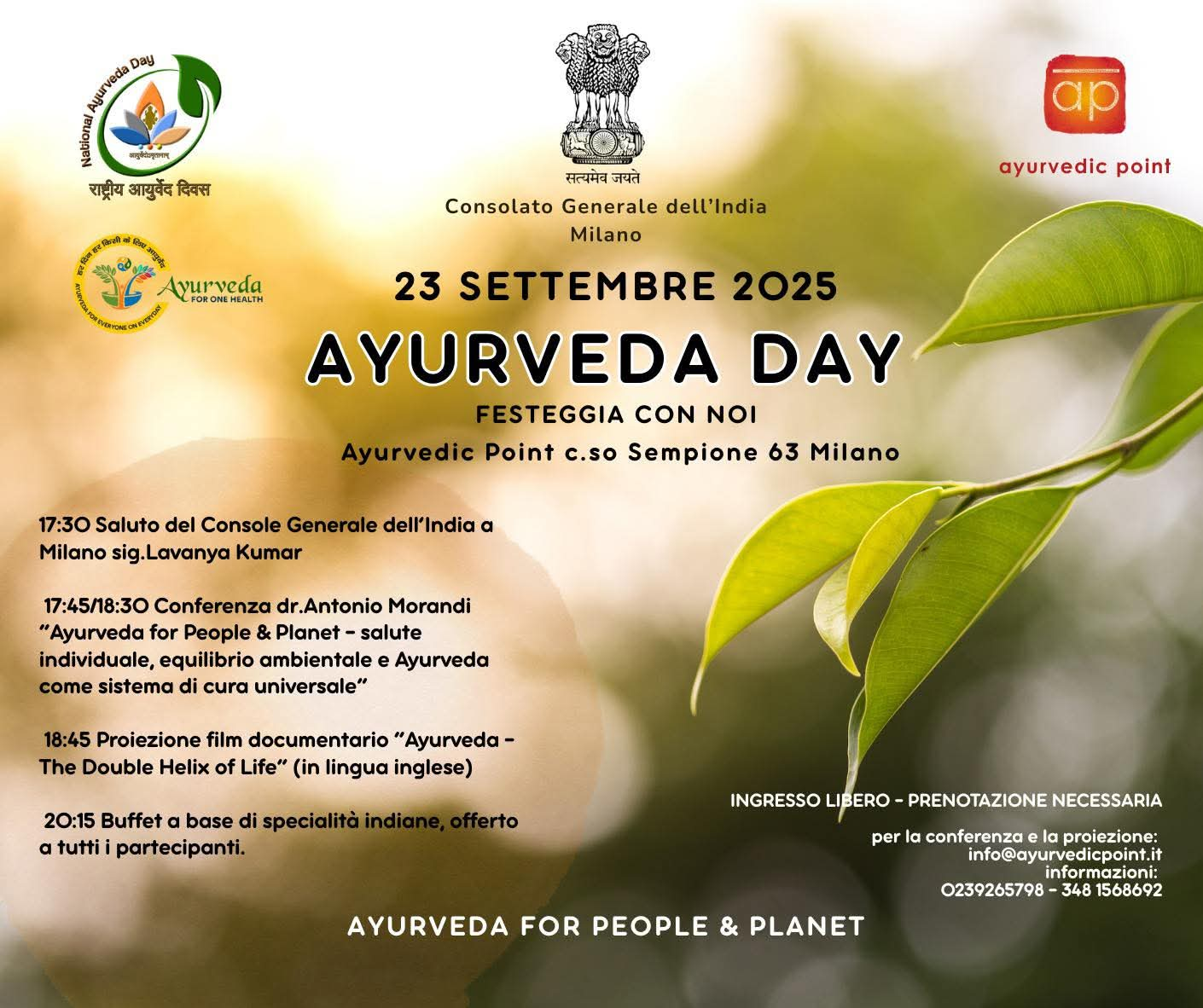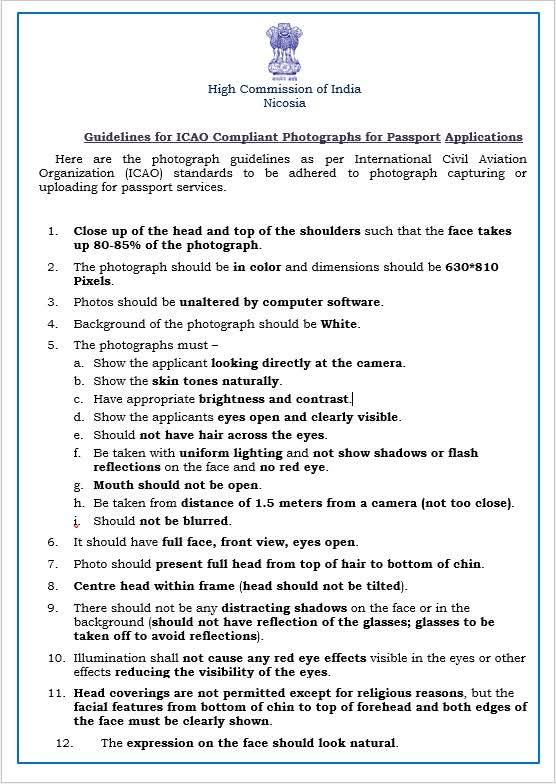Rejuvenating heritage is a powerful initiative that connects the past with the present, fostering a sense of continuity and pride. In India, a country with a rich cultural tapestry dating back thousands of years, there are numerous sites that have undergone transformative changes, blending ancient traditions with modern innovations. Let’s explore a few examples that showcase the dynamic evolution of Indian heritage:
- Varanasi Ghats:
- Varanasi, one of the oldest continuously inhabited cities in the world, is renowned for its ghats along the Ganges River.
- Recent efforts have focused on rejuvenating these ghats, preserving the ancient architecture while introducing modern amenities for pilgrims and tourists.
- Initiatives include cleanliness drives, cultural events, and the installation of eco-friendly facilities.
- Jaisalmer Fort:
- Jaisalmer Fort in Rajasthan is a UNESCO World Heritage Site that dates back to the 12th century.
- Conservation projects have been undertaken to restore the fort’s delicate sandstone structures, ensuring they stand the test of time.
- The integration of solar power and sustainable tourism practices reflects a harmonious blend of tradition and modernity.
- Champaner-Pavagadh Archaeological Park:
- This UNESCO World Heritage Site in Gujarat spans an impressive array of historical monuments dating from the 8th to the 14th centuries.
- Restoration efforts have revived ancient step wells, mosques, and forts, creating a living testament to India’s diverse cultural and architectural history.
- Khajuraho Temples:
- Khajuraho’s medieval temples, famous for their intricate erotic sculptures, have witnessed a revival in recent years.
- Conservation projects aim to protect the delicate carvings and promote the site’s cultural significance, while modern amenities cater to the needs of visitors.
- Mehrangarh Fort, Jodhpur:
- This imposing fort has undergone careful restoration, embracing both its historical grandeur and the needs of contemporary tourists.
- Museums within the fort showcase artifacts, preserving the cultural heritage and educating visitors about the region’s history.
- Hampi, Karnataka:
- The ruins of Hampi, a UNESCO World Heritage Site, have seen ongoing efforts to preserve and showcase its unique Vijayanagara architecture.
- The introduction of guided tours, visitor centers, and interpretive signage helps bridge the gap between the ancient past and the modern-day.
- Ajanta and Ellora Caves:
- These ancient rock-cut caves in Maharashtra have been preserved and made accessible to the public through thoughtful conservation efforts.
- Interpretation centers provide insights into the art, history, and significance of these UNESCO World Heritage Sites.

- SOURCE OF LINK ; https://www.facebook.com/photo/?fbid=757583659736368&set=a.353797696781635



























